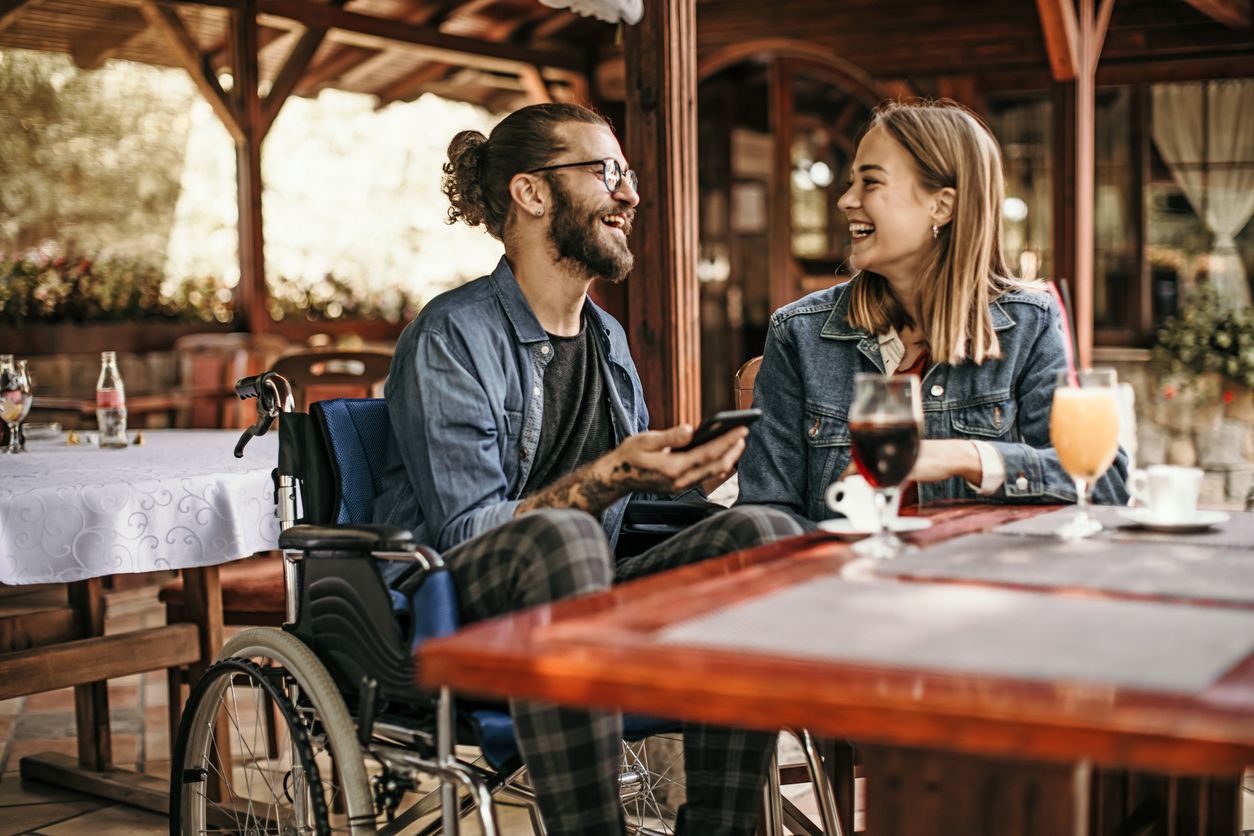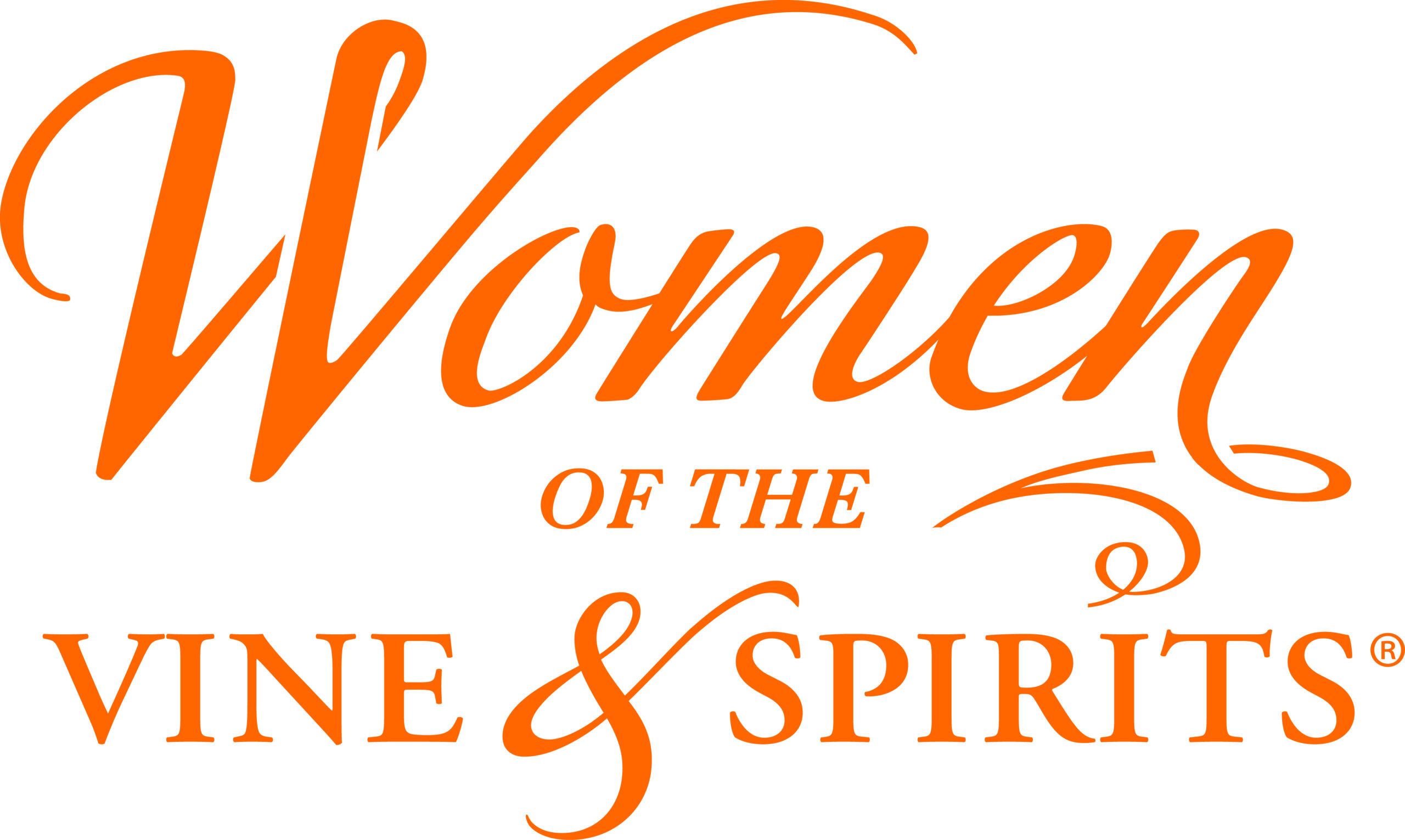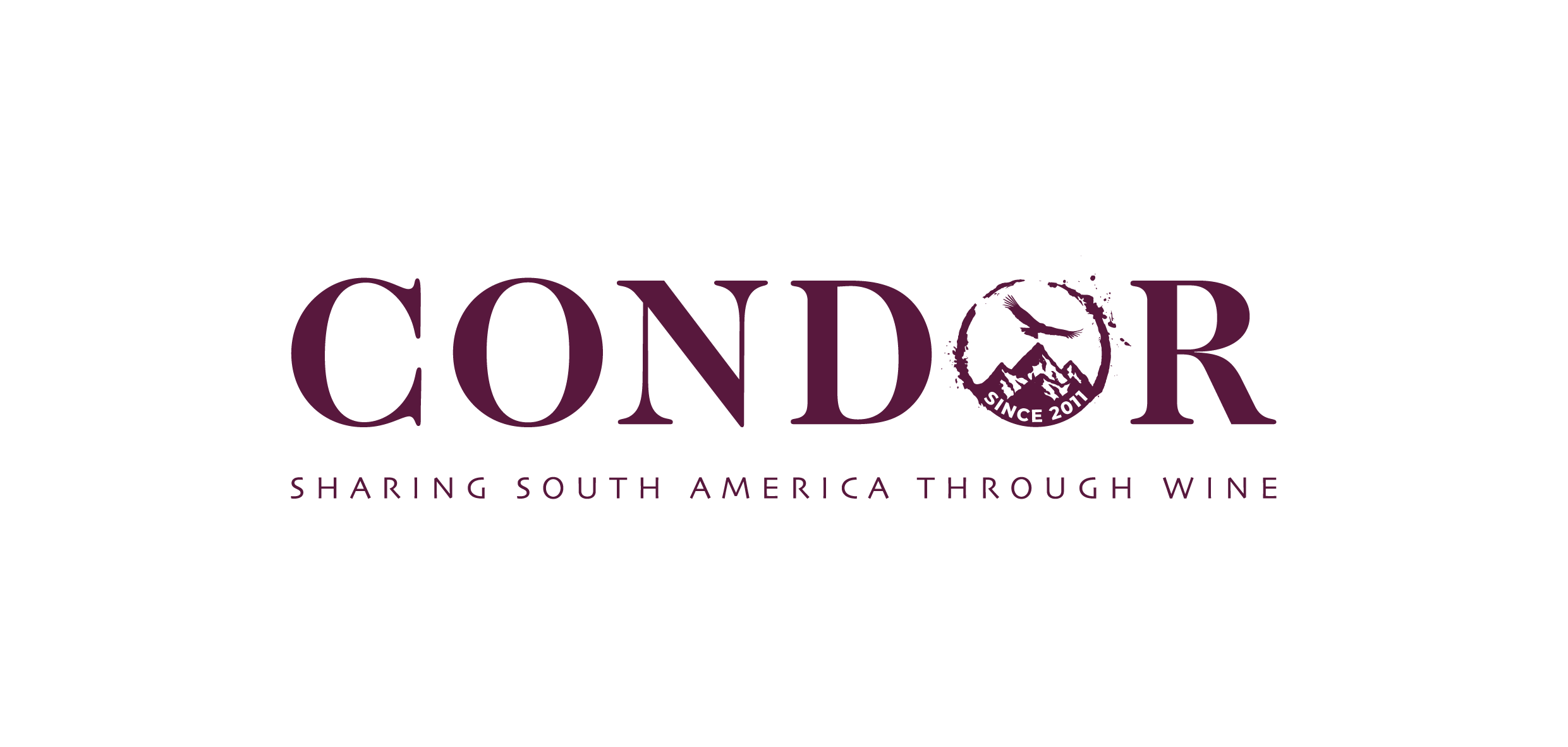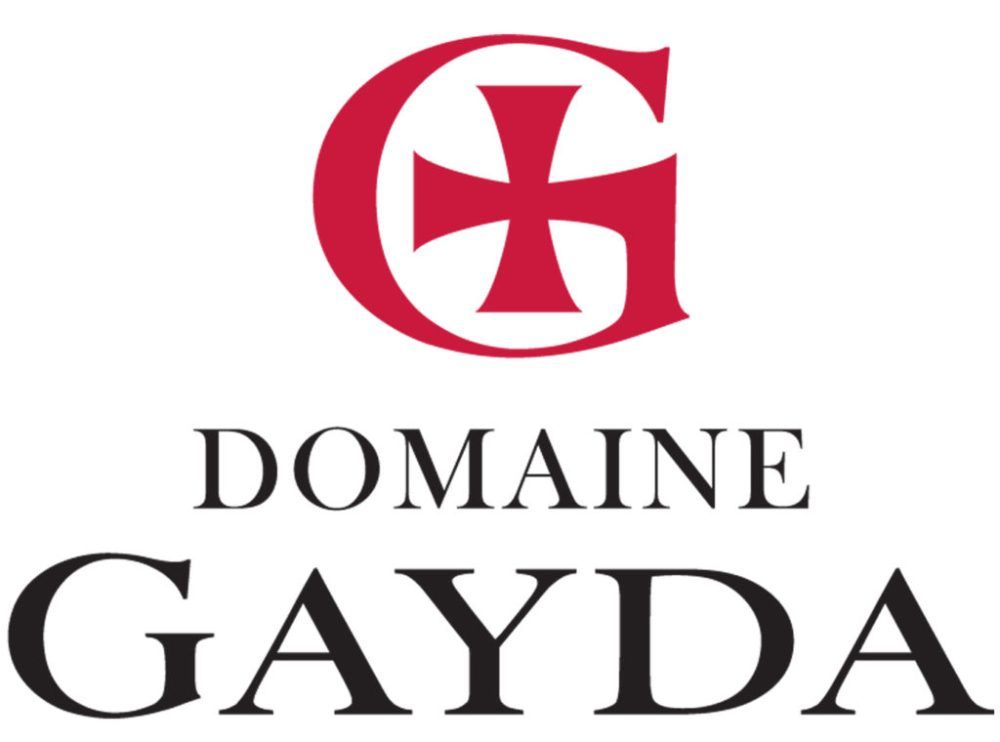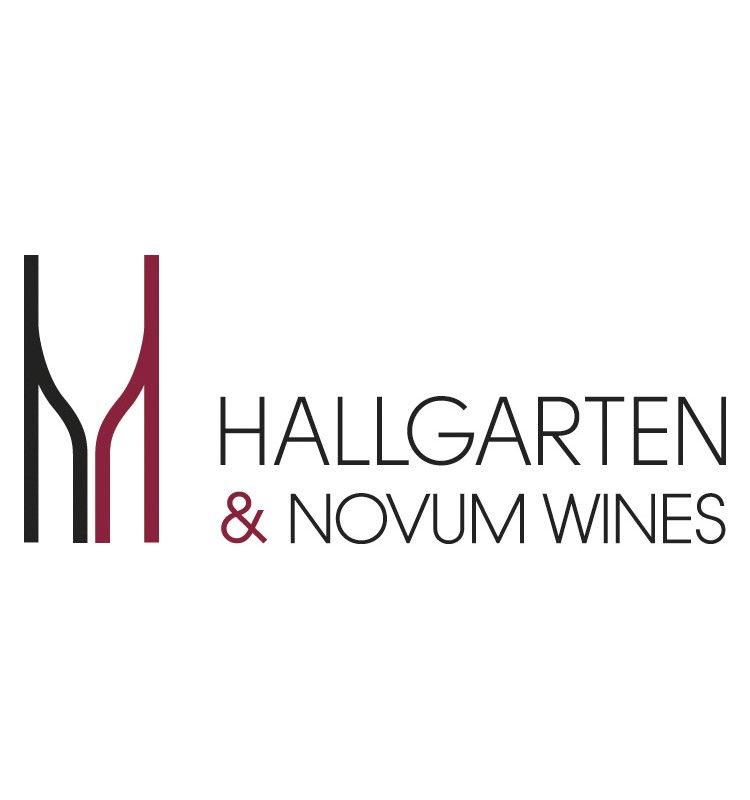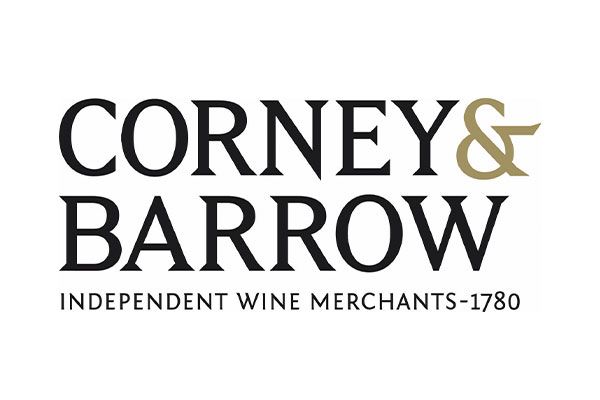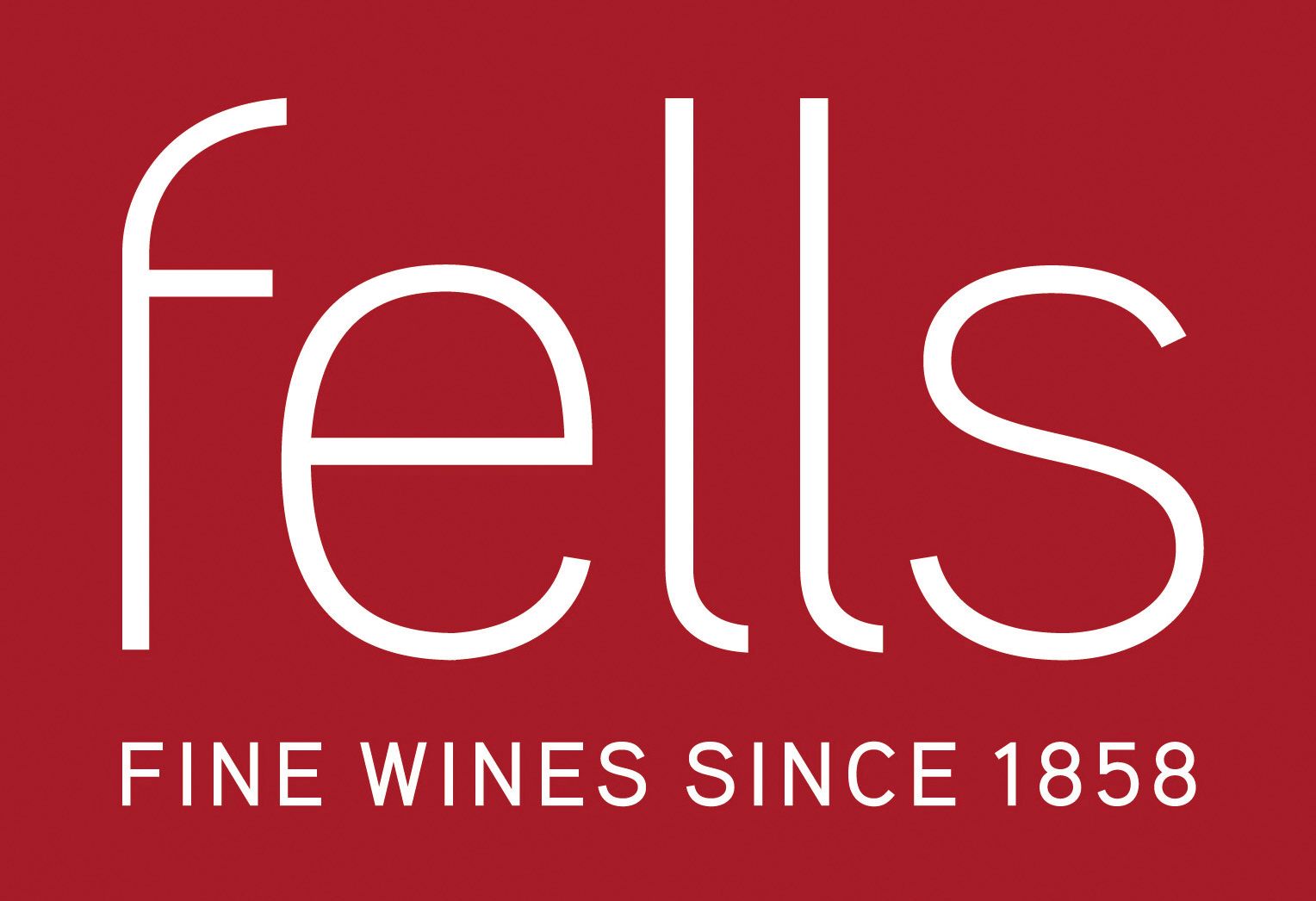Having the opportunity to attend trade tastings, PR events and wider industry gatherings has been one of the rewarding aspects of working in the wine space. These events are not only a chance to connect and learn, but also to share insights through social media from grape varieties and emerging regions to producers championing sustainability or innovation.
One recurring theme in these conversations is underrepresentation: the imbalance of certain wine regions, grapes, or styles on wine lists and in the trade.
An example of this, a fact I have heard cited is that English wine represents only around 1% of wine menus in the UK. It’s a figure that feels both unfair and outdated, particularly given the quality and progress being made in English viticulture today.
Many of us advocate for these underrepresented wines from around the world, championing diversity and inclusion within the glass, because it makes the industry richer, more interesting, and more reflective of the world we live in.
But if we are to talk about diversity in what we drink, shouldn’t we also talk about diversity in who is at the table or in the tasting room?
Someone once said to me at a trade tasting-
“I’ve never seen a wheelchair user at one of these events, maybe they just don’t want to be here.”
It wasn’t said maliciously, but it perfectly highlighted a deeper problem. Diversity isn’t absent by choice; it’s absent by design, by oversight, by lack of awareness.
That particular tasting was held in an upstairs space. The venue itself was accessible, technically, but only via a separate entrance round the back. None of that information was shared beforehand, and for anyone with access needs, that kind of uncertainty can be enough to make attending just too complicated.
It’s not about a lack of interest, it’s about barriers that are quietly built in without us even realising. Accessibility goes beyond physical space. It’s about communication, inclusion, and awareness.
If we truly value diversity, we must ensure that everyone has the opportunity to be part of the conversation, not just those who can physically or comfortably make it into the room.
I have heard the line on a few occasions, "is that our responsibility or the venues?"
The answer is its everyones. If you are booking a venue, raise the question. It's a social responsibility and encourages the conversation to start and support inclusion.
The bottom line is this; next time you’re at a trade tasting or industry event, take a moment to look around. Notice who is there, and who isn’t.
Representation in wine should go beyond grape varieties and regions; it should include the people who shape, sell, write about, and enjoy it. Because a more inclusive industry doesn’t just taste better, it is better.
